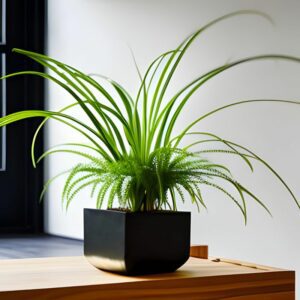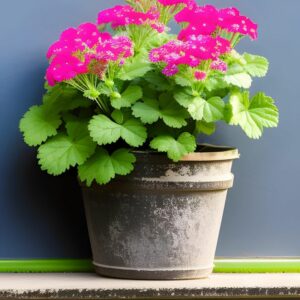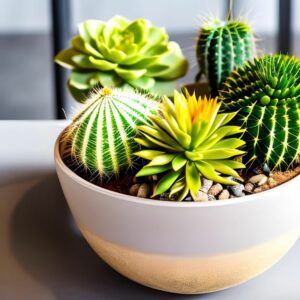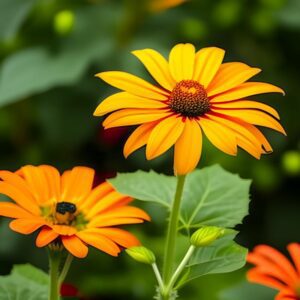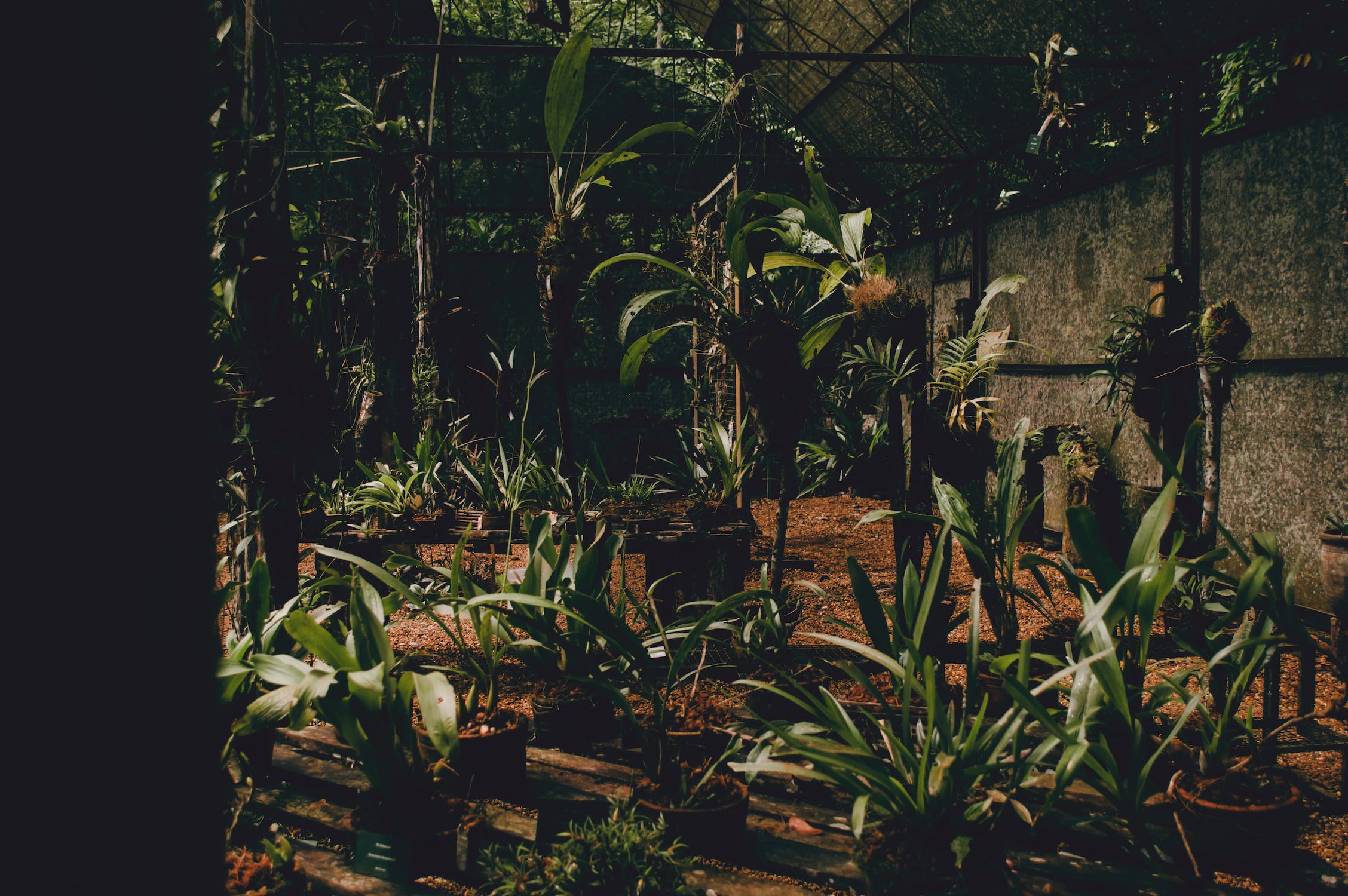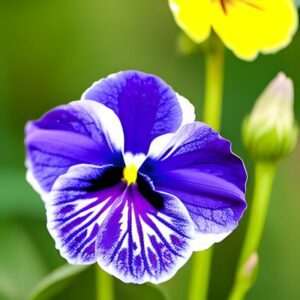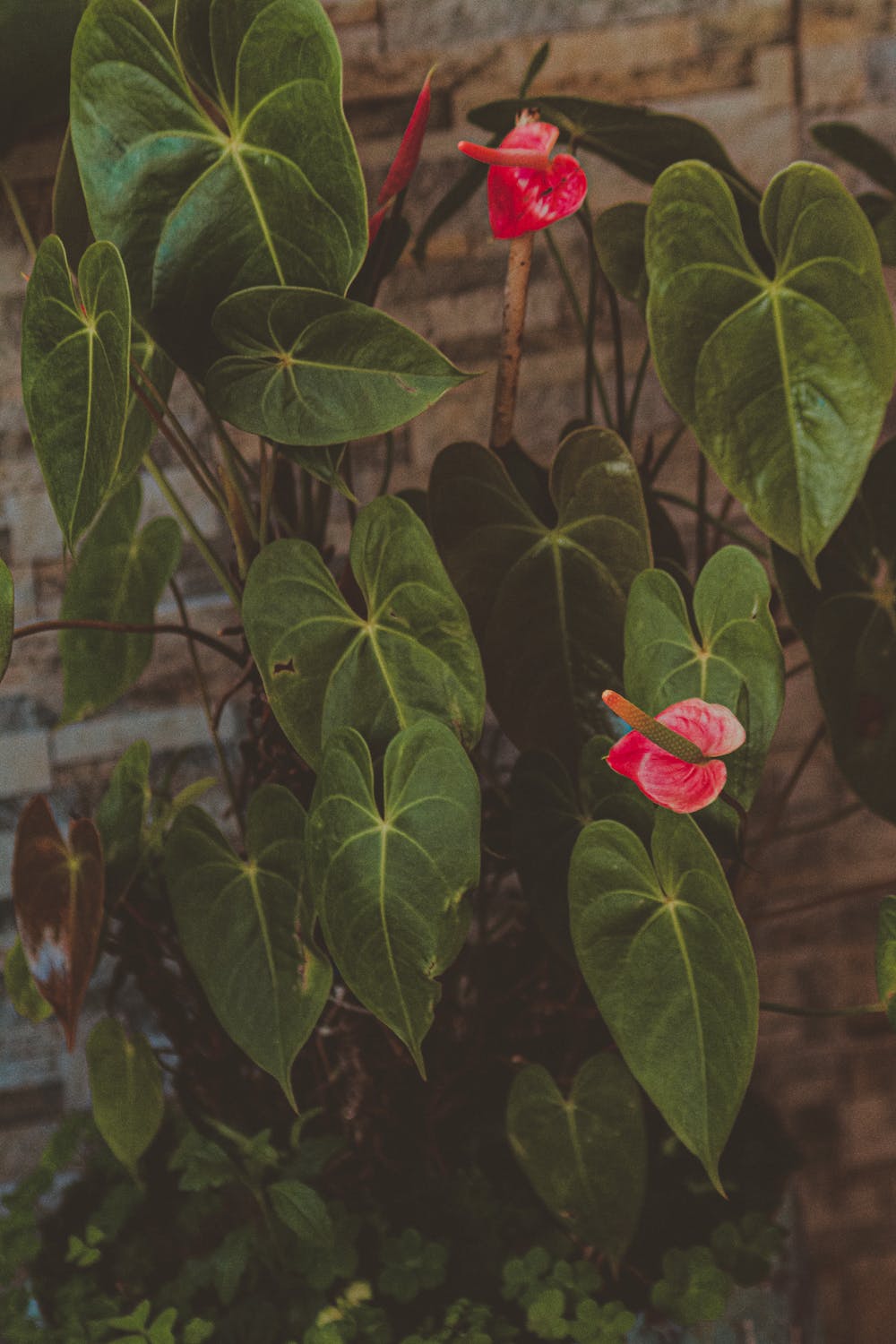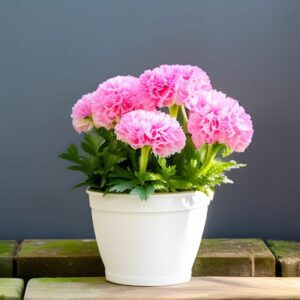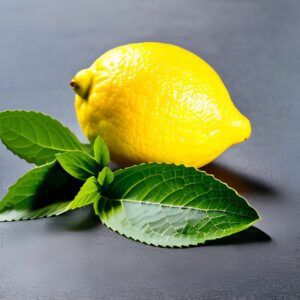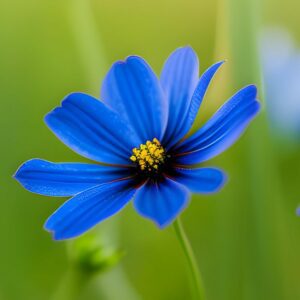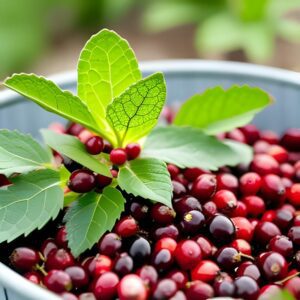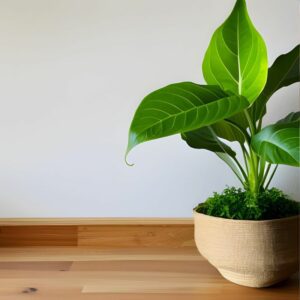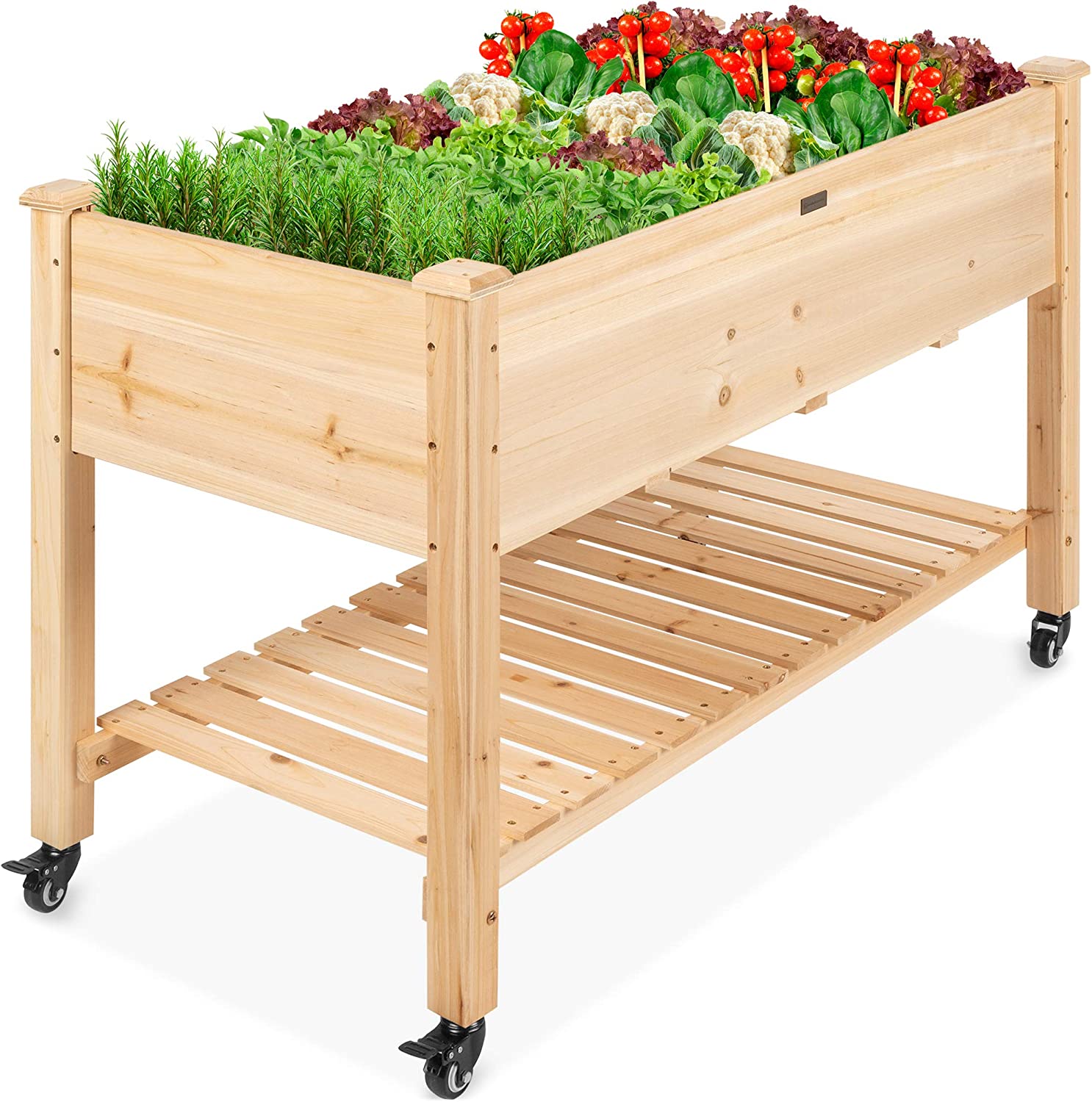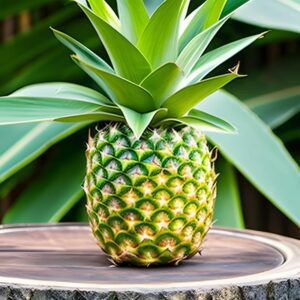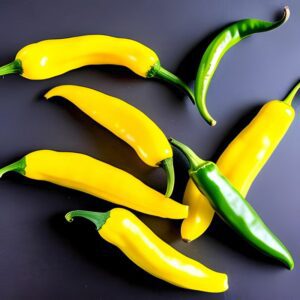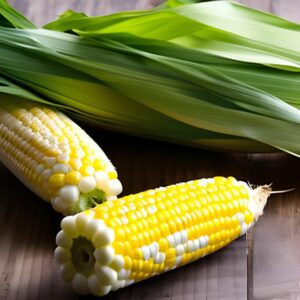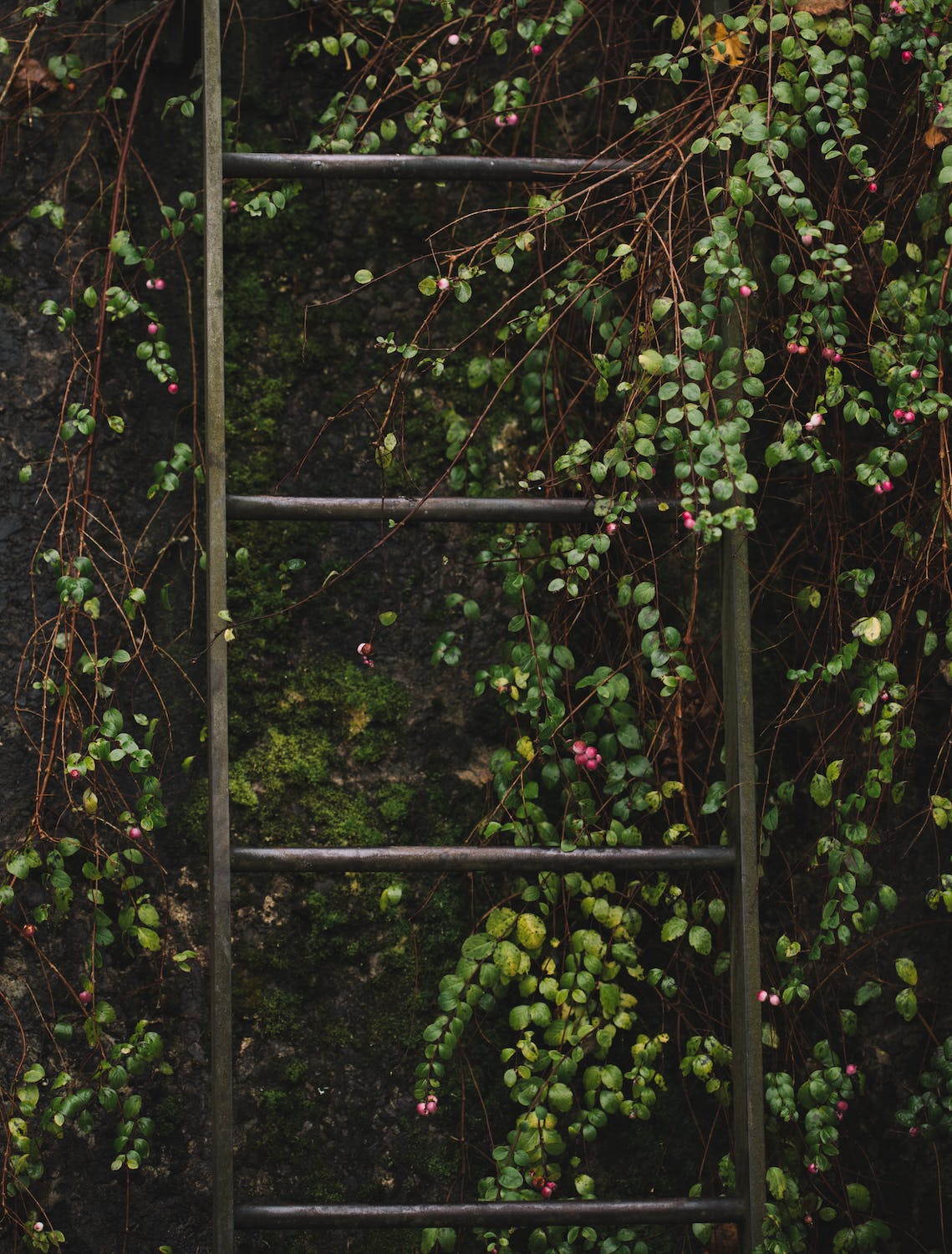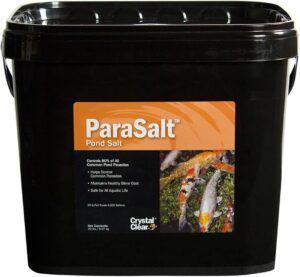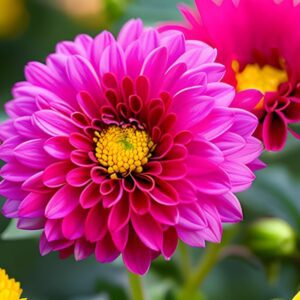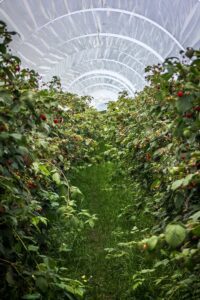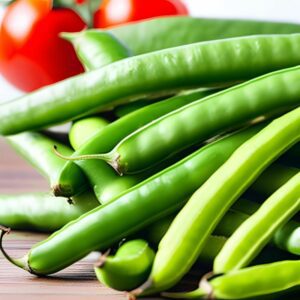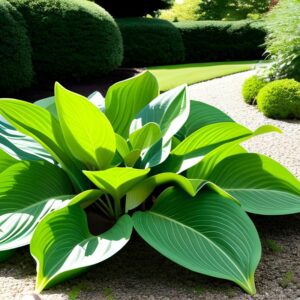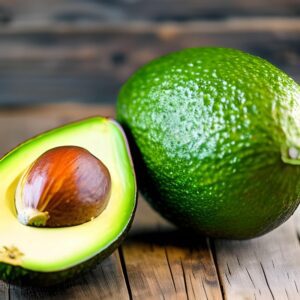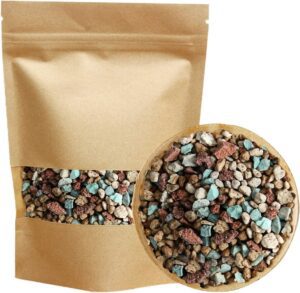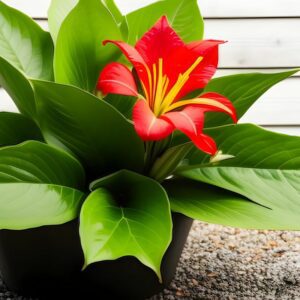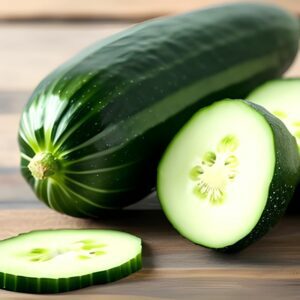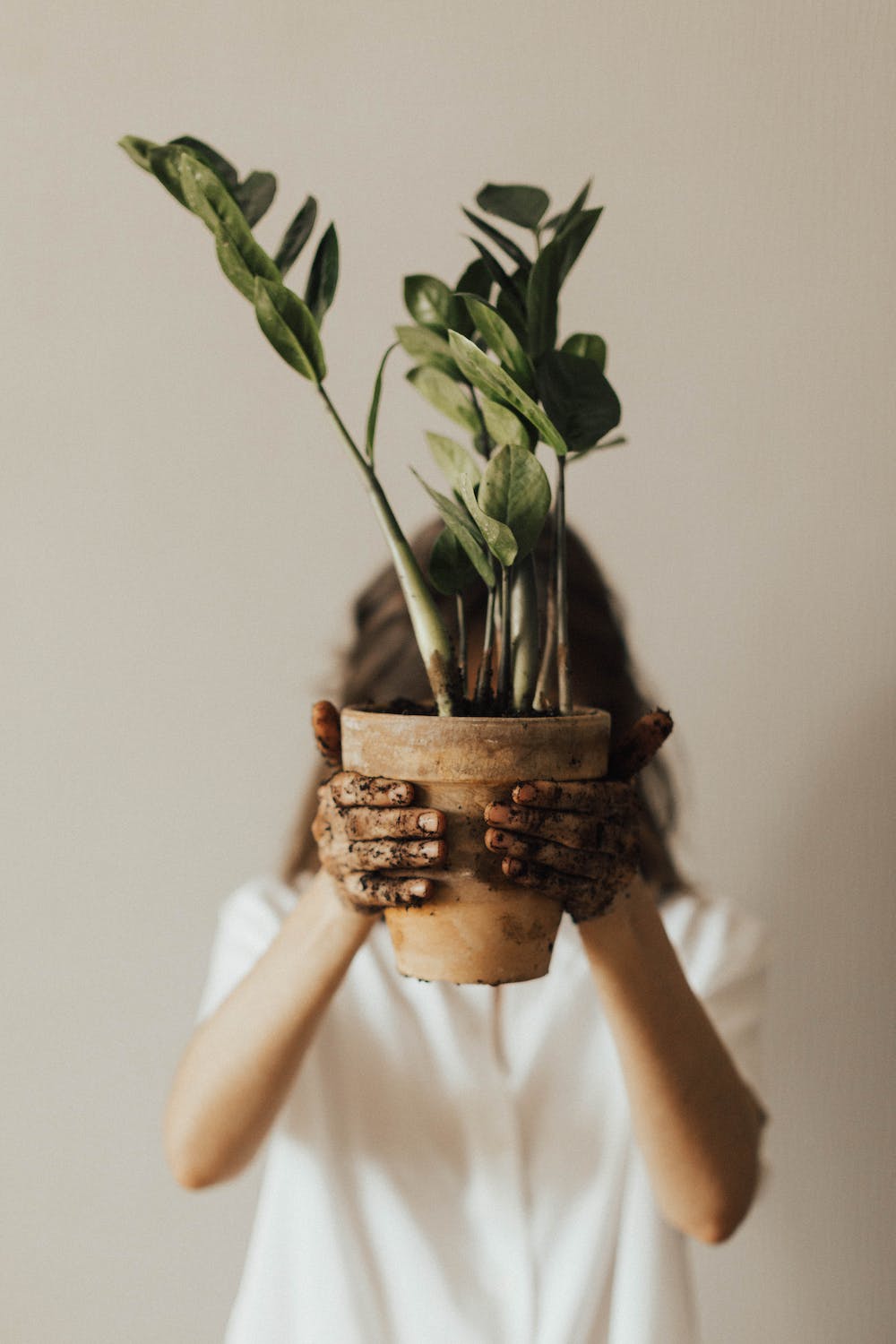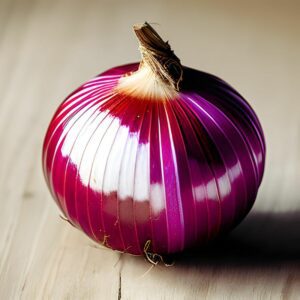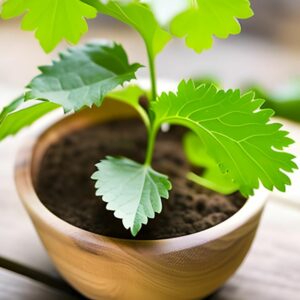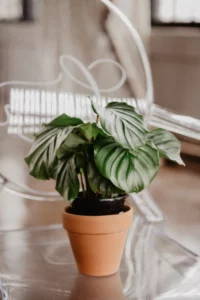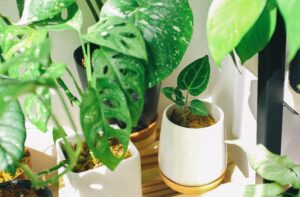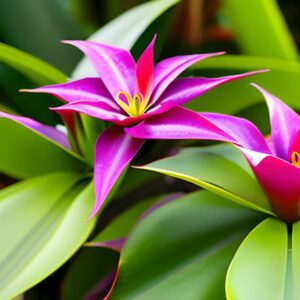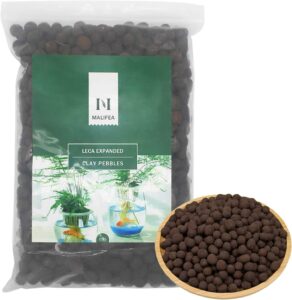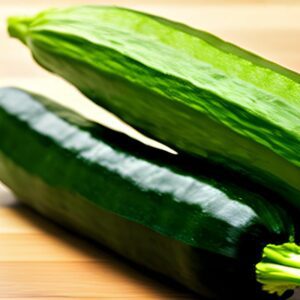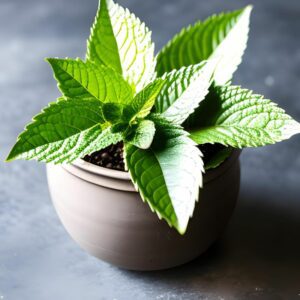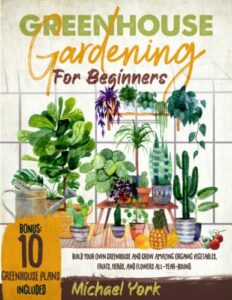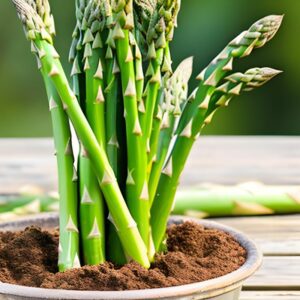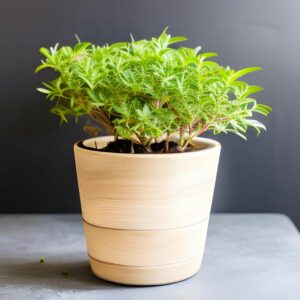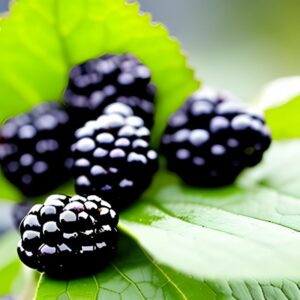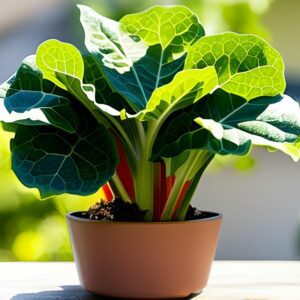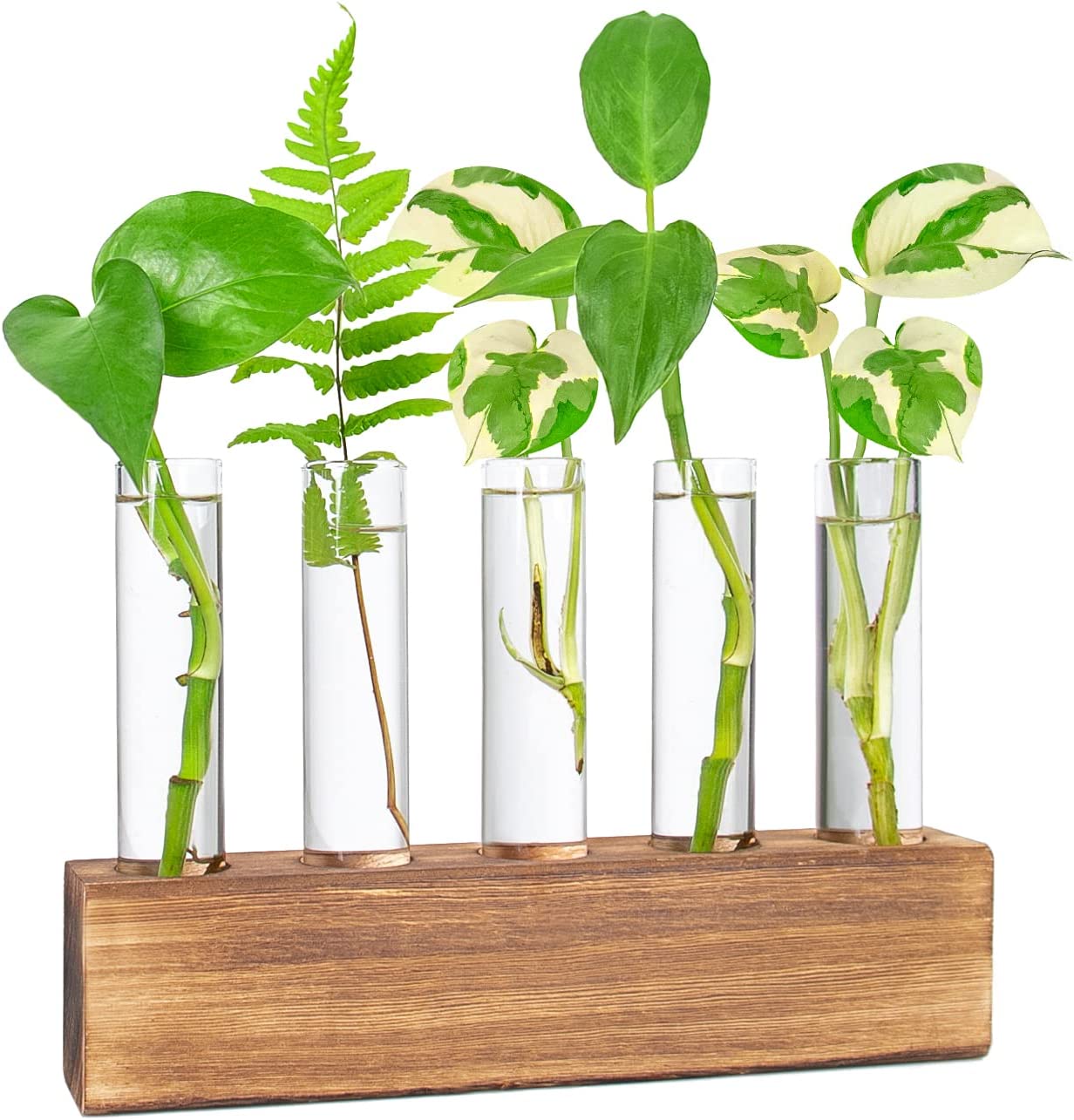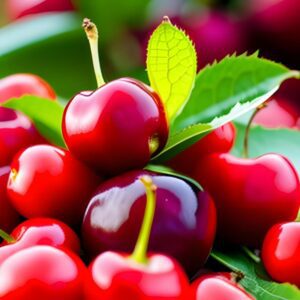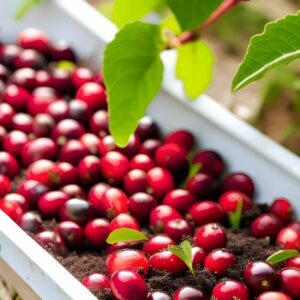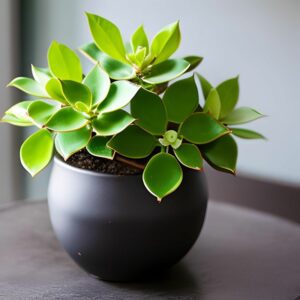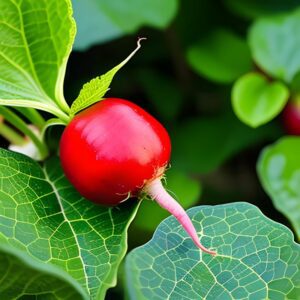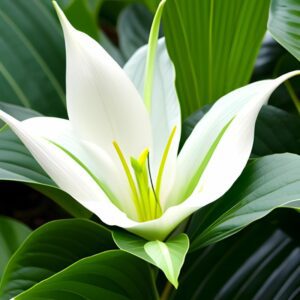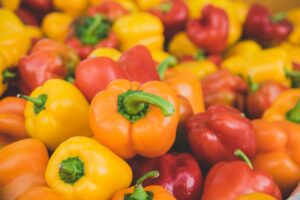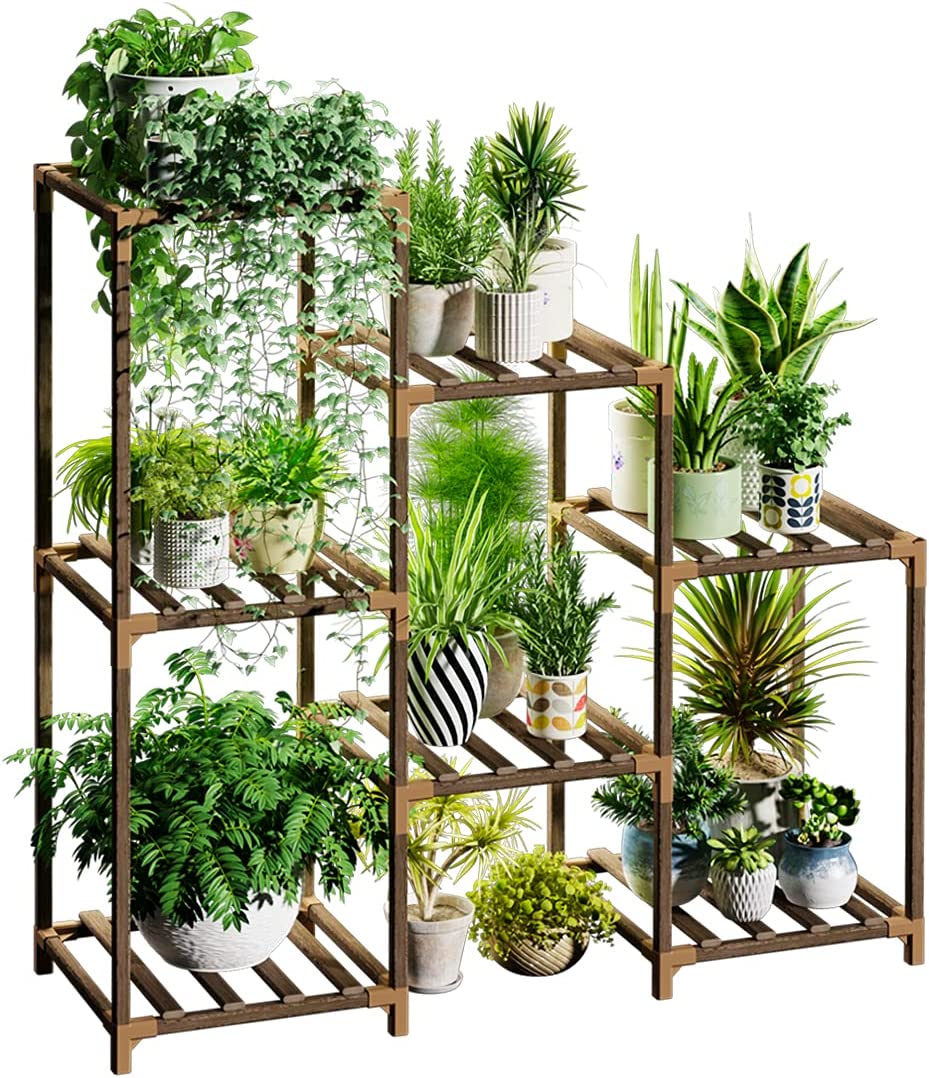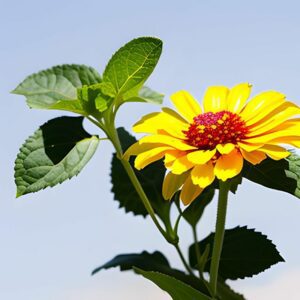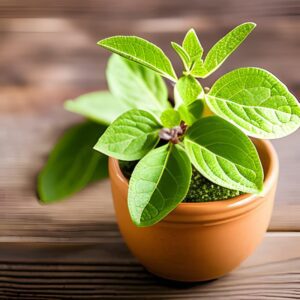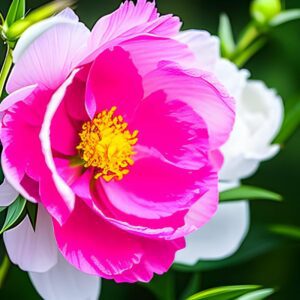Garlic
Herbs
- Central Asia
- Easy
- 8-10 Months
Introduction
Garlic is a pungent and flavorful herb that is widely used in culinary applications around the world. Native to Central Asia, garlic has been cultivated for thousands of years for its distinct taste and potential health benefits. Growing your own garlic allows you to enjoy the freshest cloves with robust flavors and provides the satisfaction of cultivating this essential kitchen ingredient in your garden.
Plant Characteristics
Garlic is a bulbous herb with long, flat leaves that grow in a basal rosette. It produces an underground bulb composed of multiple cloves, enclosed in a papery skin. Garlic varieties can vary in bulb size, color, and pungency, with options such as softneck and hardneck varieties. Some garlic plants may produce a flower stalk known as a scape, which can be harvested and used in culinary preparations.
Ideal Growing Conditions
Garlic thrives in well-draining soil that is rich in organic matter. It prefers full sun exposure, receiving at least 6-8 hours of direct sunlight daily. Garlic can tolerate a range of temperatures but performs best in cooler climates. Adequate moisture is crucial during the growing season, but garlic bulbs should not sit in waterlogged soil.
Planting Guide
Plant garlic in the fall, a few weeks before the first frost date in your region. Break apart the garlic bulb into individual cloves, ensuring the papery skin remains intact. Choose the largest, healthiest cloves for planting. Dig a hole or furrow that is approximately 2 inches deep. Place the cloves with the pointed side facing up, spacing them 4-6 inches apart. Cover the cloves with soil, firming it gently around them. Mulch the planting area with straw or organic mulch to insulate the soil and suppress weed growth.
Watering and Fertilizing
During the growing season, garlic requires regular watering to keep the soil consistently moist. Avoid overwatering, as it can lead to rotting. Mulching helps retain moisture and reduce weed competition. Garlic generally does not require heavy fertilization, but a balanced fertilizer or compost application in early spring can provide additional nutrients.
Pruning and Maintenance
Garlic does not require extensive pruning. However, removing any flower scapes that emerge can redirect the plant’s energy towards bulb formation. Regularly inspect the plants for signs of pests or diseases, such as aphids or fungal infections, and take appropriate measures for control.
Harvesting or Flowering
Garlic is typically ready for harvest in late spring or early summer, depending on the variety and planting time. Harvesting time is indicated when the leaves begin to turn yellow and dry out. Gently dig around the bulbs and lift them from the soil using a garden fork or spade. Allow the harvested bulbs to dry in a warm, well-ventilated area for a few weeks to cure them.
Post-Harvest Care
Once cured, trim the roots and remove any excess dirt or loose skins from the garlic bulbs. Store them in a cool, dry place with good air circulation. Braiding the stems together or storing them in mesh bags can help prolong their shelf life.
Troubleshooting
Garlic is generally a resilient plant but can be susceptible to pests like onion maggots or diseases like white rot or downy mildew. Proper crop rotation, maintaining good soil drainage, and practicing good garden hygiene can help prevent these issues. If necessary, use organic insecticides or fungicides following the recommended guidelines. Removing and destroying infected plants can help prevent the spread of diseases.
Fun Facts
Garlic has been used for centuries not only for its culinary value but also for its potential health benefits. It is known for its antibacterial and antifungal properties and is believed to have cardiovascular and immune system benefits. Garlic has also been associated with warding off vampires in folklore and is considered a symbol of protection and strength.







